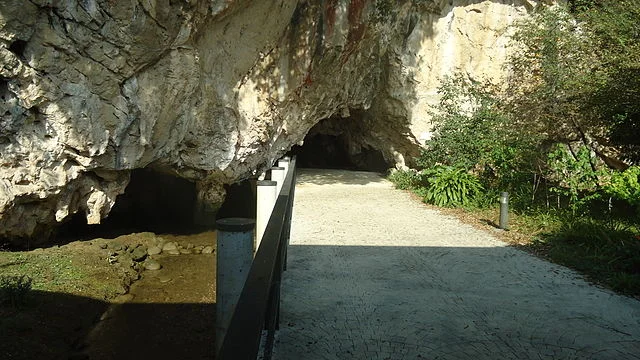Tito Bustillo Cave is an important prehistoric site located in the municipality of Ribadesella, Asturias, Spain. It is part of a network of caves known for their Paleolithic rock art, specifically from the Magdalenian period (approximately 17,000 to 11,000 BC). This cave is one of the most significant examples of prehistoric art in Western Europe.
Get your dose of History via Email
Discovery and Location
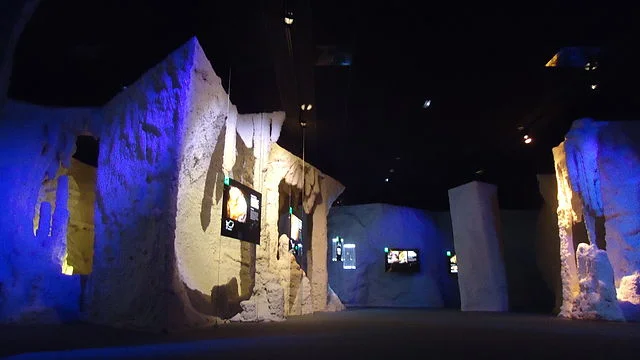
The cave was discovered in 1968 by the Spanish speleologists José Manuel González and Manuel Sanz. It is situated on the northern coast of Spain, near the Picos de Europa mountain range. The cave system is located approximately 400 meters from the coastline, offering a natural shelter for its prehistoric inhabitants.
Rock Art and Paintings
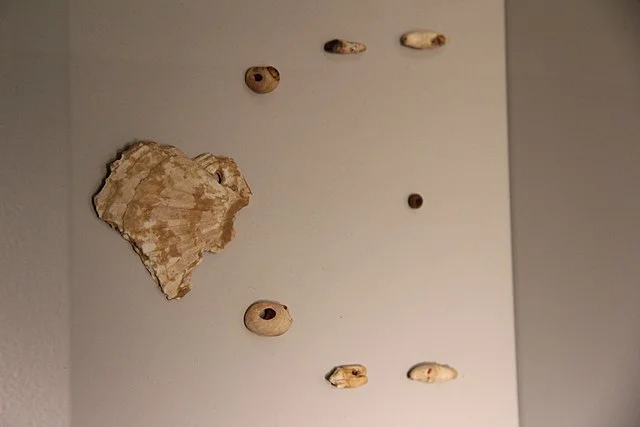
The most notable feature of Tito Bustillo Cave is its extensive collection of rock art. The paintings cover various chambers, with some sections still in excellent condition. They include representations of animals such as bison, horses, and deer, as well as geometric shapes and symbols. These artworks are executed using natural pigments, including red ochre and charcoal, applied through brushes, fingers, and stencils.
The imagery in the cave offers valuable insight into the cognitive and cultural development of Upper Paleolithic humans. The choice of animals in the cave paintings is believed to reflect the importance of these species in the daily lives of the cave’s inhabitants. The paintings also demonstrate early human attempts at depicting movement and narrative through art.
Archaeological Findings
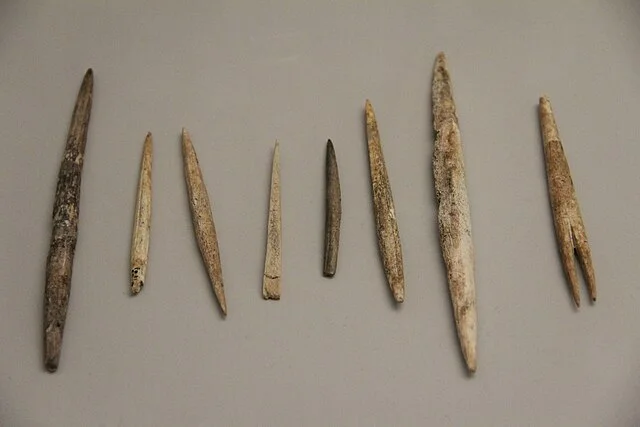
In addition to the rock art, the cave has yielded numerous archaeological finds. These include tools made of flint and bone, as well as the remains of animals. The discovery of these artifacts suggests that the cave was used not only for shelter but also for ritualistic purposes. The cave’s contents provide evidence of the complex social and cultural behaviors of the people who lived during the Upper Paleolithic period.
UNESCO World Heritage Site
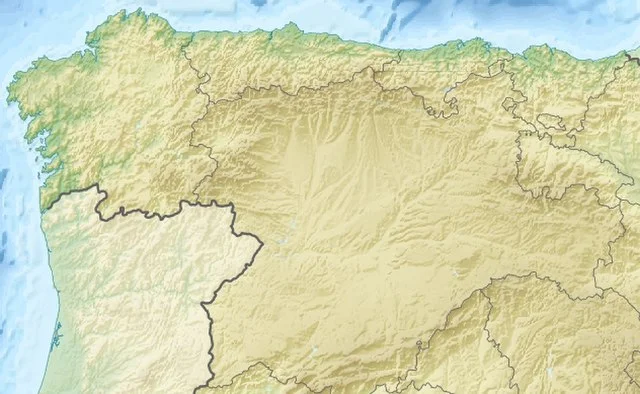
In 2008, Tito Bustillo Cave was designated a UNESCO World Heritage Site. It was recognized as part of the “Cave of Altamira and Paleolithic Cave Art of Northern Spain” group, due to its outstanding example of prehistoric cave art. The inclusion in the World Heritage list highlights its global significance in understanding early human culture and art.
Preservation and Access
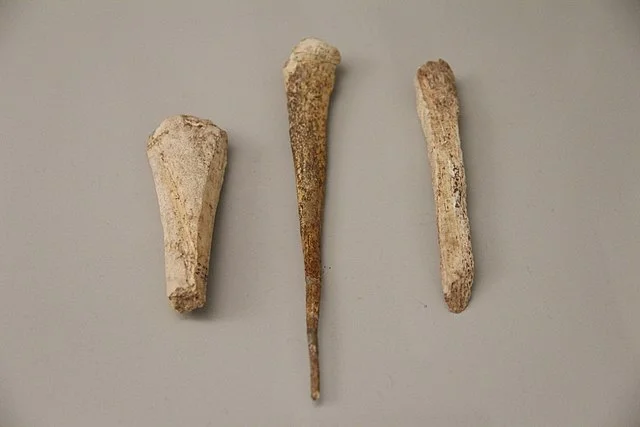
Today, the cave is partially open to the public through guided tours. However, due to the fragility of the artwork and the need to preserve it for future generations, only a limited number of visitors are allowed access each year. In addition to the cave itself, a visitor center has been established nearby, offering educational exhibits about the site’s history and archaeological findings.
Conclusion
Tito Bustillo Cave offers a glimpse into the lives of early humans through its remarkable rock art and archaeological findings. Its designation as a UNESCO World Heritage Site emphasizes the importance of preserving these prehistoric treasures. By studying the cave’s art and artifacts, researchers continue to gain a deeper understanding of the cultural and social practices of Upper Paleolithic societies.
Source:

